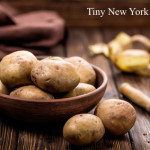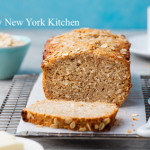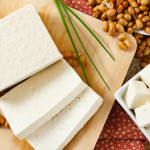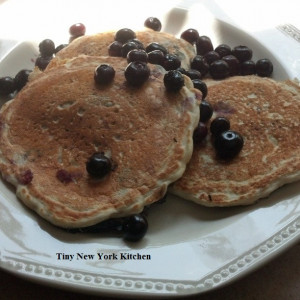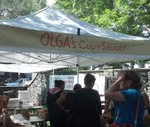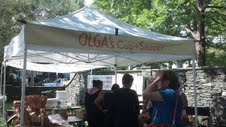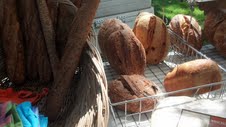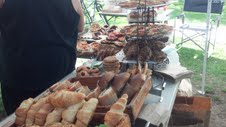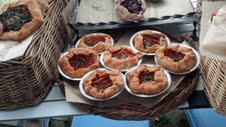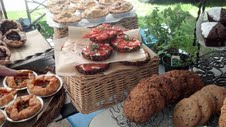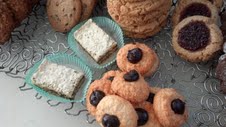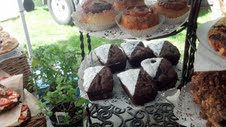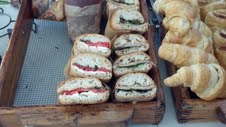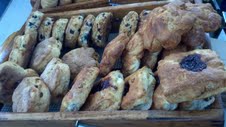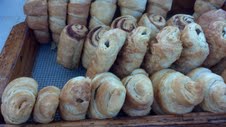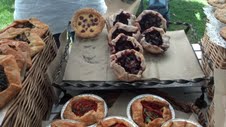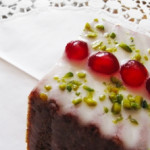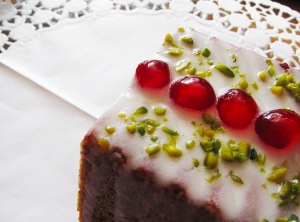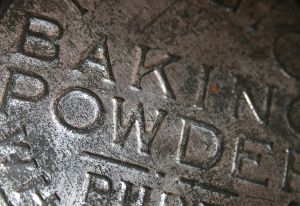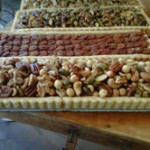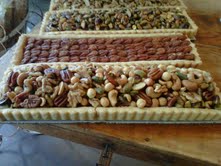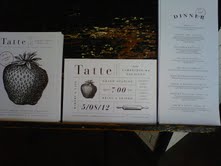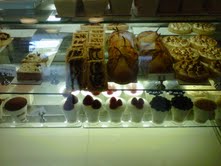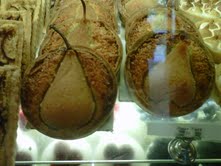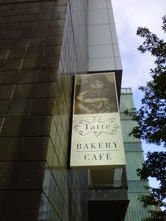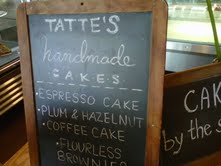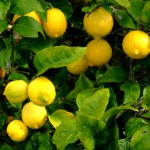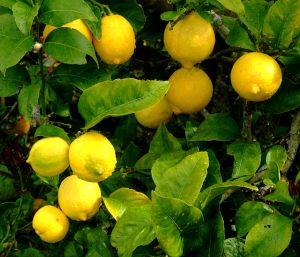5 Ways To Use A Vegetable Peeler
The humble vegetable peeler has hidden talents.
Easily Peel Fruit: To peel soft fruits and vegetables, like tomatoes and peaches, you usually have to briefly dunk them into boiling water. Using a good vegetable peeler is so much easier and faster. Look for peelers with serrated blades for the best results and select not-too-ripe fruit.
Shaved Cheese: Give salads, pastas and roasted vegetables a restaurant-style finish by garnishing with generous amounts of shaved Parmesan or pecorino romano cheese.
Vegetable Pasta: Shave long strips of zucchini, carrots (even sweet potatoes and squash) to transform them into pasta substitutes. Serve raw or briefly steamed with your favorite sauce, or toss with a vinaigrette for a fresh and nutritious salad.
Spreadable Butter: Is there anything worse than trying to butter toast or bread with rock hard butter straight from the fridge? Use a vegetable peeler to scrape off thin and perfectly spreadable butter ribbons.
Chocolate Curls: Peel the edge of a slightly softened chunk of chocolate to create curls, or the flat surface of very cold chocolate to make shavings. Keep your creations in the freezer and use to garnish cakes, pies, puddings and seasonal fruit.
www.tinynewyorkkitchen.com
“Work With What You Got!”
© Victoria Hart Glavin Tiny New York Kitchen © 2016 All Rights Reserved
Select blueberries that are plump and juicy. You will want to make sure that they have NO trace of mold or discoloration. Look for firm and uniformly sized blueberries that are deep in color.
Store your blueberries in the refrigerator in a moisture-proof container for up to 3 days. If you will be eating your blueberries within 24 hours of picking then store them at room temperature. If you would like to use them at a later date then just pop them in the freezer. Make sure NOT to wash them before freezing.
Prepare your berries by washing just before using them.
Uses for blueberries are virtually endless. They can be eaten out of hand, in pies, pancakes, salads, salsa, jams, jellies and cakes. Be creative and create your own blueberry dishes!
To enjoy cakes at their best, follow these tips:
*Allow cakes with butter type frosting to stand for about an hour before slicing.
This allows the frosting to set.
*For cakes that are filled or frosted with whipped cream make sure to assemble
Them no more than 2 hours before serving. This will prevent them from
Getting soggy.
*To cut your cakes use a thin bladed knife cut pieces. Run the knife under hot
Water and make sure to wipe the knife dry before cutting the first piece
And in between subsequent cuts.
*For storing cakes most cakes can be covered and stored at room temperature
For 2 to 3 days. It is good to have a cake cover, but if you don’t have
A cake cover then just invert a large bowl over your cake. If you directly
Cover the cake with plastic wrap then it will for sure make a mess of the
Frosting.
*For those cakes that have a filling or a frosting that contains eggs, whipped
Cream or cream cheese it is best to store your cake covered in the fridge.
*If you want to freeze your cake then you should put your cooled and unfrosted
Cake layers on a baking sheet. Freeze them until they are nice and firm.
After the layers are frozen then transfer them to large freezer bags or wrap
Them and seal them in freezer wrap. They will keep in the freezer for up to
4 months. Thaw them before frosting.
*If you are serving your cake directly from the pan then cover them and freeze
Them in the pan. Make sure to thaw them before frosting them.
Baking powder is a leavening agent that reacts to liquid and heat and creates carbon dioxide gas, which expands the bubbles created by the creaming process, causing the cake to rise. Baking powder loses its effectiveness after six months to a year. Be sure to check the date on the can when you buy it or mark it yourself.
 Feast of Saint John The Baptist June 24th
Feast of Saint John The Baptist June 24th
One of the many unique things that we could say in describing St. John the Baptist is that he is truly the "Saint of Summer." Saint John the Baptist is one of the most important saints. Other than the Virgin Mary and St. Joseph, John the Baptist is the only saint who is honored on the Church calendar with more than one Feast Day (the other is August 29th, the day of his martyrdom). As we can see, both these Feast Days occur at the opposite ends of the Summer season. John the Baptist saw and lived very clearly his purpose in life and carried it out in the midst of challenges. He had two important qualities of his life that should inspire us each day.These two qualities are humility and a sense of purpose.
Son of Elizabeth and Zacharias, both already advanced in years and childless, John was born about 6 months before Jesus. This birth had been announced by the archangel Gabriel to Zacharias, who was struck dumb by the message. 8 days after the birth, having to be circumcised, the child needed a name, and Zacharias succeeded in writing “John,” following indications of the angel; his tongue loosened in the hymn of the Benedictus. In representations of the birth o the Baptist, Mary is usually also present, assist her cousin Elizabeth, while Zacharias is most often shown in the act of writing. The name John is from a Hebrew name meaning “Yahweh is gracious.”
This is a great feast of June that is common to countries and has been celebrated since early times, is the Nativity of Saint John the Baptist, also known as Midsummer. In lots of places bonfires are lighted in honor of Saint John. This day is to celebrate the summer solstice. In Ireland and in England these bonfires had their origin in the Druidic fires lighted in honor of the god of the sacred wood. Today they are known as the Fires of Saint John although a few pagan customs remain in connection with the celebration.
In France the bonfires are built as close as possible to one of Saint John’s own chapels. It is important to have a boy named Jean or a girl named Jeanne provides a wreath to throw into the fire. When vesper services are over the priest kindles the blaze and the evening begins with singing and dancing which will last far into the night.
In Mexico Saint John’s feast is a big affair. Saint John is the Mexicans dearly beloved saint, especially the saint of the waters. On this day wells and fountains are decorated bright with ribbons and flowers. At midnight on the eve, everyone bathes: in the country in lakes or pools or rivers; in large cities the festivities center around the fashionable bath houses where swimming contests and exhibitions of diving skill take place.
Saint John’s Day in Mexico is definitely also a day of feasting. Everyone brings food to the bathing places. Cakes, sweets, chicken tamales, stuffed peppers, pork tacos and empanadas.

